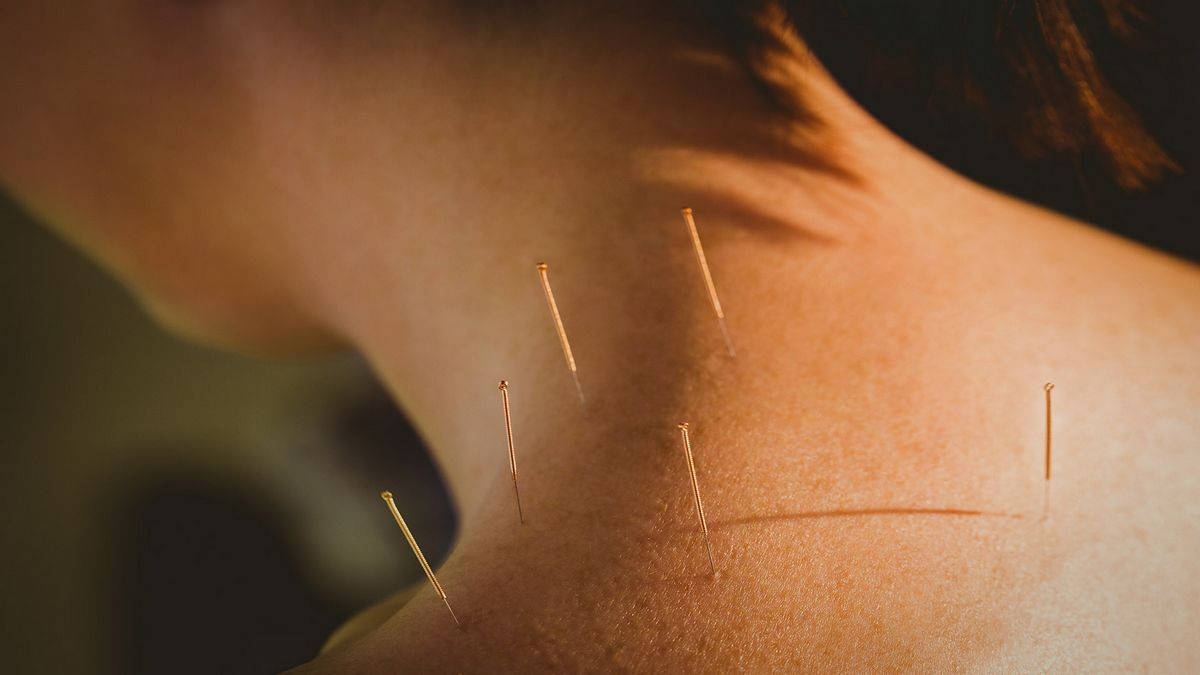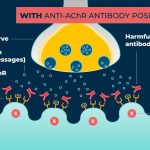
Contents
Acupuncture
Addiction, stroke rehabilitation, headache, menstrual cramps, tennis elbow, fibromyalgia, osteoarthritis, back pain, carpal tunnel syndrome, and asthma are areas where acupuncture may be useful.
Acupuncture is a component of the health care system of China with a history of at least 2,500 years. The theory of acupuncture is based on the premise that there are patterns of energy flow (Qi) through the body that are essential for health. Disruptions of this flow are believed to be responsible for disease. Acupuncture may correct imbalances of flow at identifiable points close to the skin.
The practice of acupuncture to treat identifiable pathophysiological (disease) conditions in American medicine was rare until President Richard M. Nixon visited China in 1972. Since then, there has been an explosion of interest in the application of acupuncture to Western medicine.
Acupuncture involves stimulation of anatomical locations on or in the skin by a variety of techniques. Diagnosis and treatment approaches in American acupuncture incorporate medical traditions from China, Japan, Korea, and other countries. The most thoroughly studied mechanism of stimulation of acupuncture points employs thin, solid, metallic needles, which are manipulated manually or by electrical stimulation.
How does acupuncture work?
According to the National Institutes of Health, acupuncture can cause multiple biological responses. These responses can occur locally, at or near the application site, or at a distance, mediated mainly by sensory neurons to many structures within the central nervous system. This leads to activation of pathways affecting various physiological systems in the brain and periphery. Opioid peptides are released during acupuncture, contributing to its analgesic effects. Acupuncture may also activate the hypothalamus and pituitary gland, resulting in systemic effects. Moreover, acupuncture can alter neurotransmitter secretion, neurohormone regulation, and blood flow, as well as immune functions. The specific mechanisms mediating clinical effects are still unclear.
Despite efforts to understand the anatomy and physiology of acupuncture points, their definition and characterization remain controversial. Traditional Eastern medical concepts such as the circulation of Qi, meridian systems, and related theories are difficult to reconcile with contemporary biomedical information. However, they continue to play a role in patient evaluation and treatment formulation.
Some biological effects of acupuncture have also been observed when "sham" acupuncture points are stimulated, emphasizing the importance of appropriate control groups. Similar biological changes are observed after painful stimuli, exercise, and relaxation training, raising questions about the uniqueness of acupuncture mechanisms.
Non-specific effects, such as the therapeutic relationship between clinician and patient, trust, expectations, and compatibility, contribute significantly to the effectiveness of acupuncture and should not be disregarded. Thus, therapeutic outcome depends on various factors.
Although the mechanisms underlying the therapeutic effect of acupuncture require further investigation, significant acupuncture-related biological changes have been identified. Further research in this direction could uncover new pathways in human physiology.
What conditions can acupuncture help with?
The National Institutes of Health recognizes the potential usefulness of acupuncture in various conditions. While some studies provide equivocal results, acupuncture has shown efficacy in post-operative and chemotherapy-related nausea, vomiting, dental pain, and other conditions such as addiction, stroke rehabilitation, headache, menstrual cramps, tennis elbow, fibromyalgia, myofascial pain, osteoarthritis, low back pain, carpal tunnel syndrome, and asthma. Acupuncture can be used as an adjunct treatment, an acceptable alternative, or part of a comprehensive management program.
Basic research has begun to shed light on acupuncture’s mechanisms of action, including the release of opioids and peptides in the central nervous system and changes in neuroendocrine function. Although more research is needed, these findings provide encouraging insights into acupuncture’s therapeutic effects.
The integration of acupuncture into conventional medicine is still in its early stages. Training, licensure, and reimbursement issues need clarification. Nonetheless, there is sufficient evidence to expand acupuncture’s use and encourage further research into its physiology and clinical value. This statement reflects current standard medical practice.
What are the possible side effects of acupuncture?
The most common serious injury associated with acupuncture is accidental puncture of the lung, which can result in partial lung collapse (pneumothorax). Viral hepatitis, a potentially serious infection of the liver, is the most common infection reported. Other side effects include bacterial infections at the insertion site and elsewhere, often due to poor hygiene and training of the acupuncturist.
Are there standards for acupuncture needles?
The U.S. Food and Drug Administration (FDA) now regulates acupuncture needles under good manufacturing practices and single-use standards of sterility, placing them in the same category as other devices such as surgical scalpels and hypodermic syringes.


